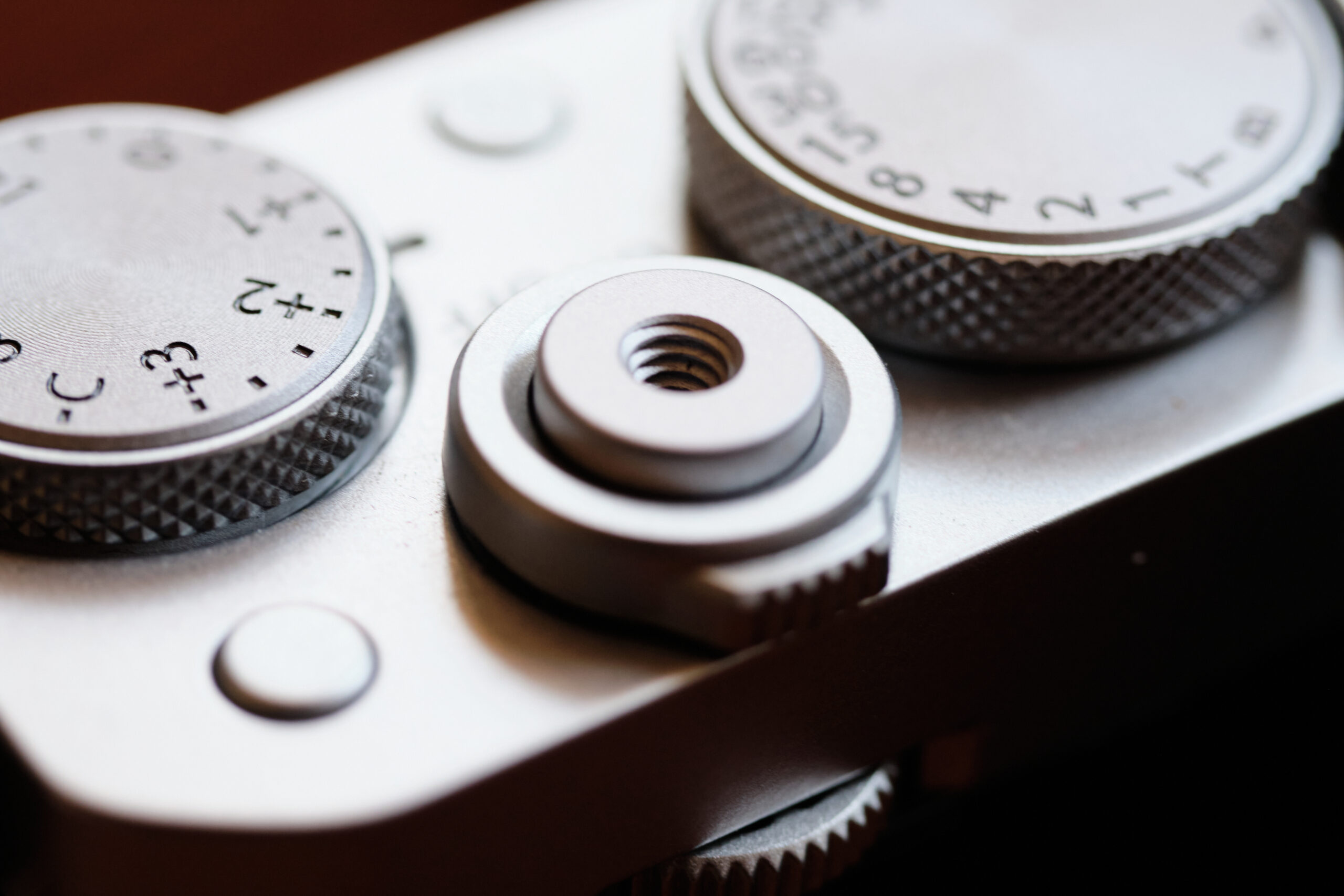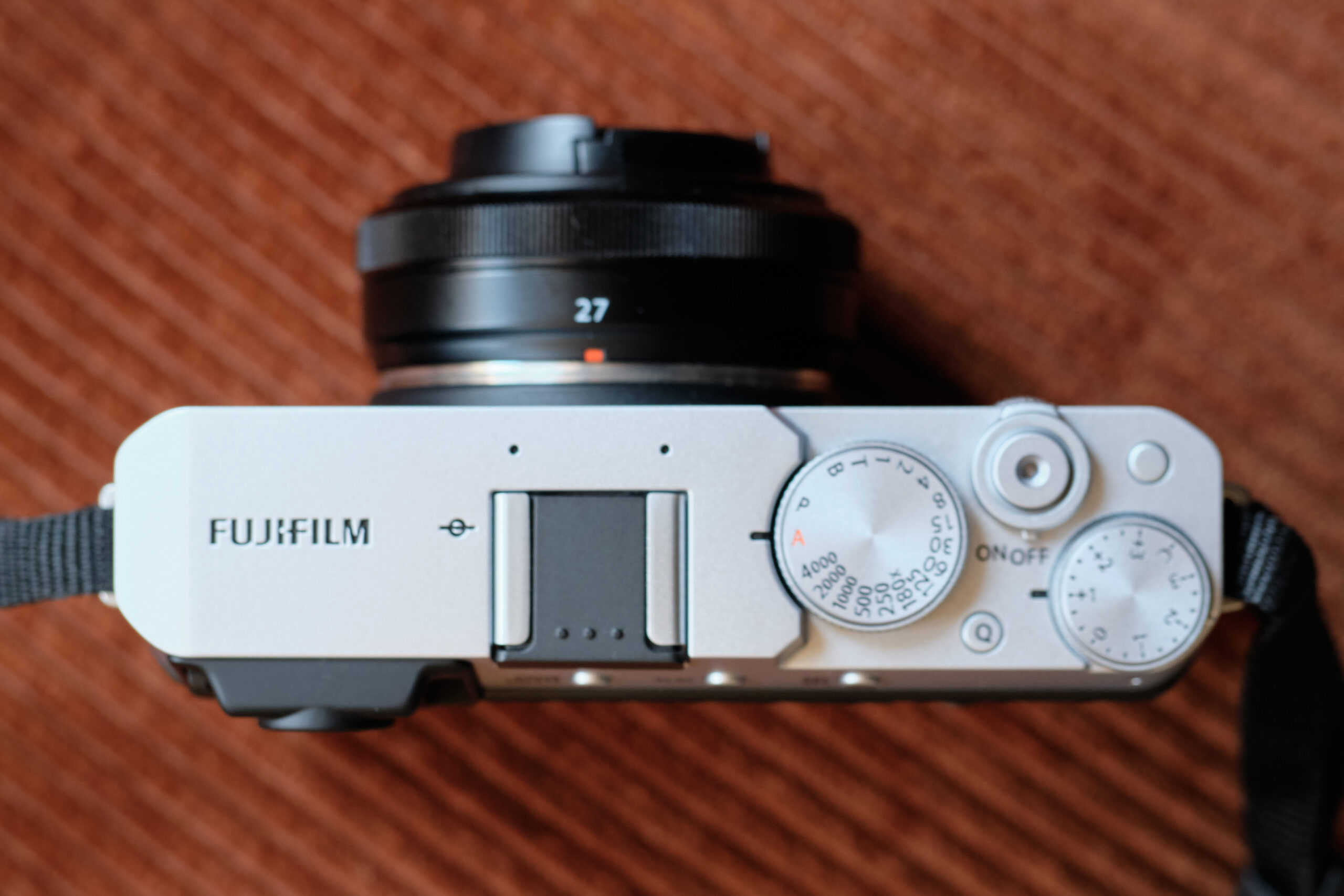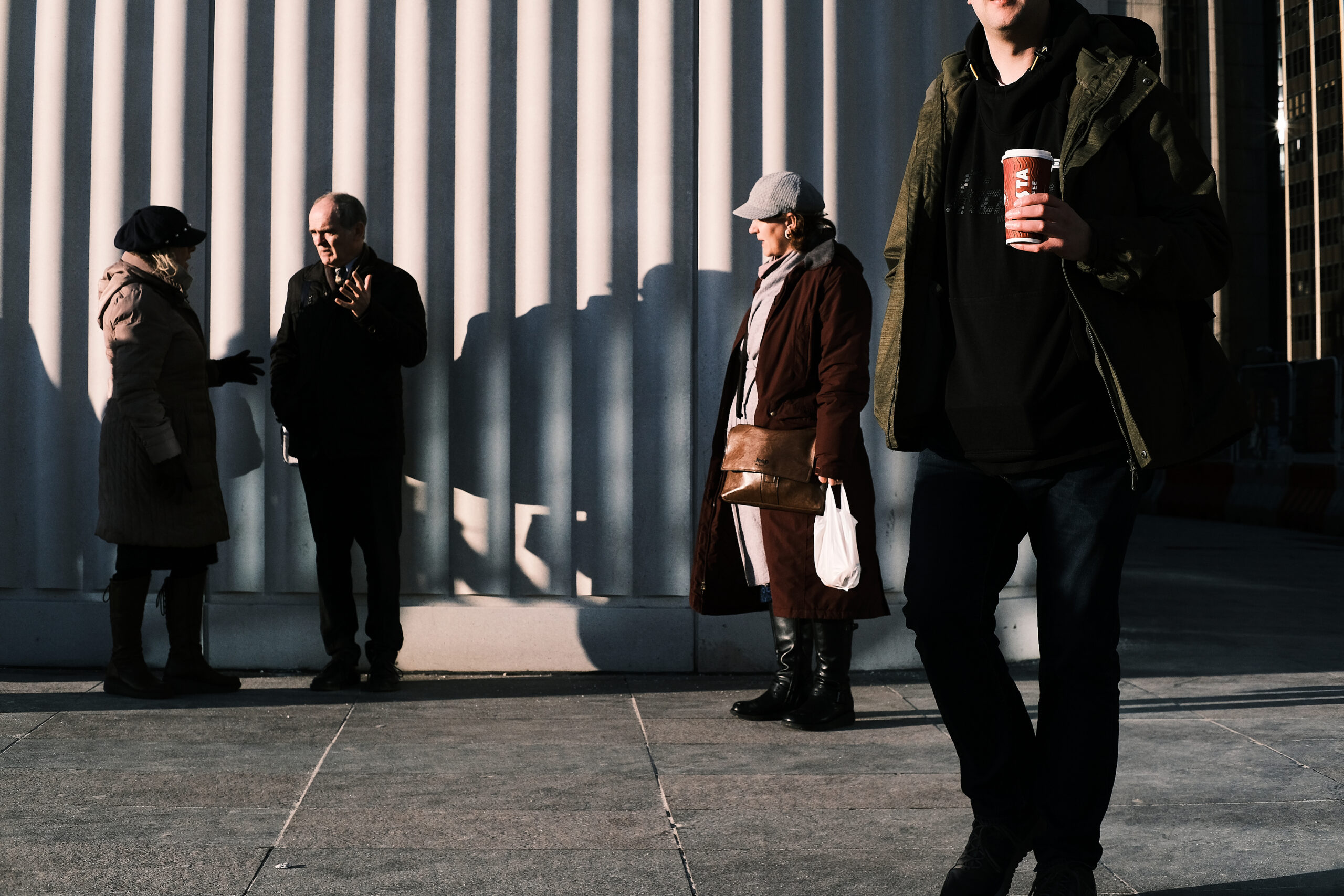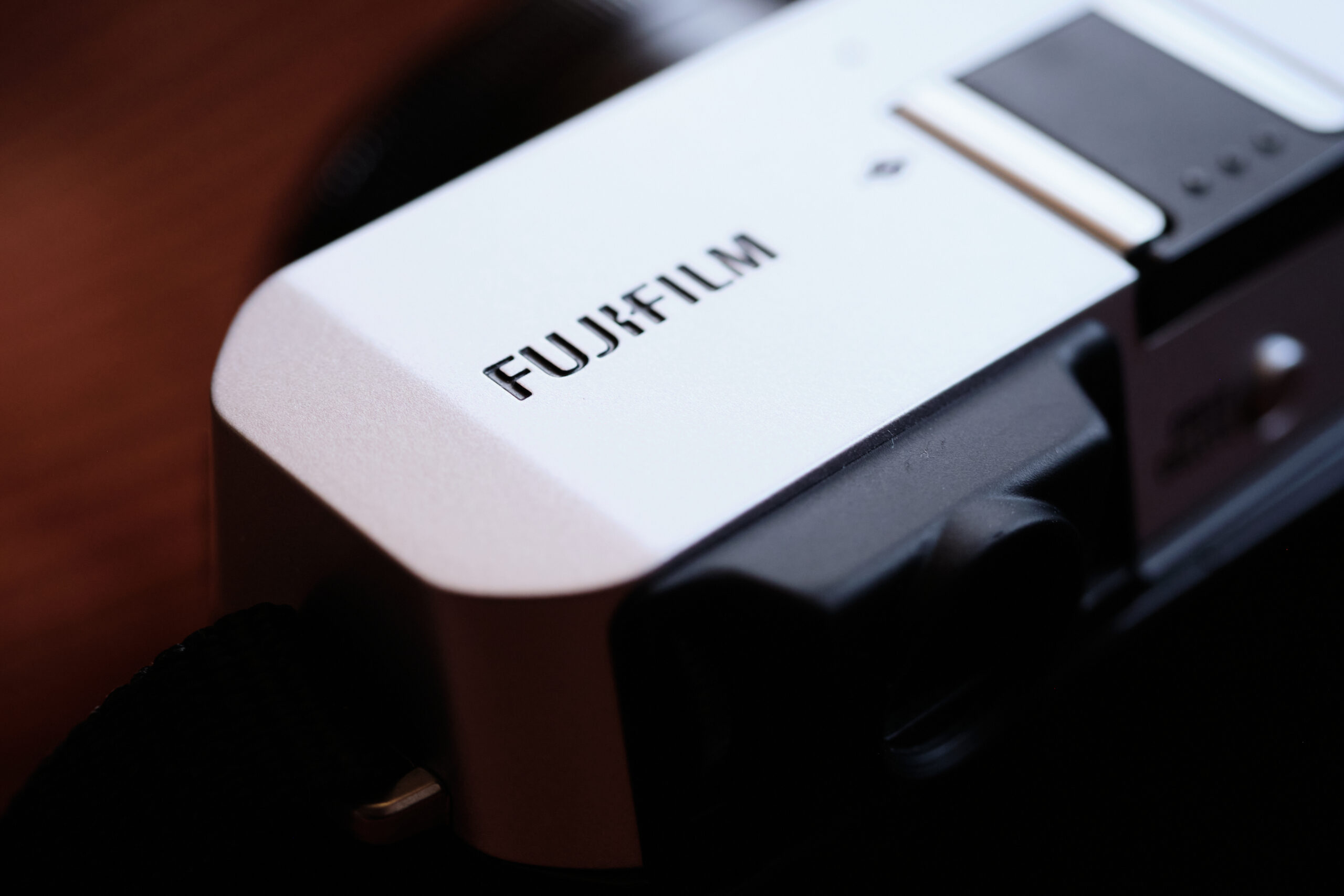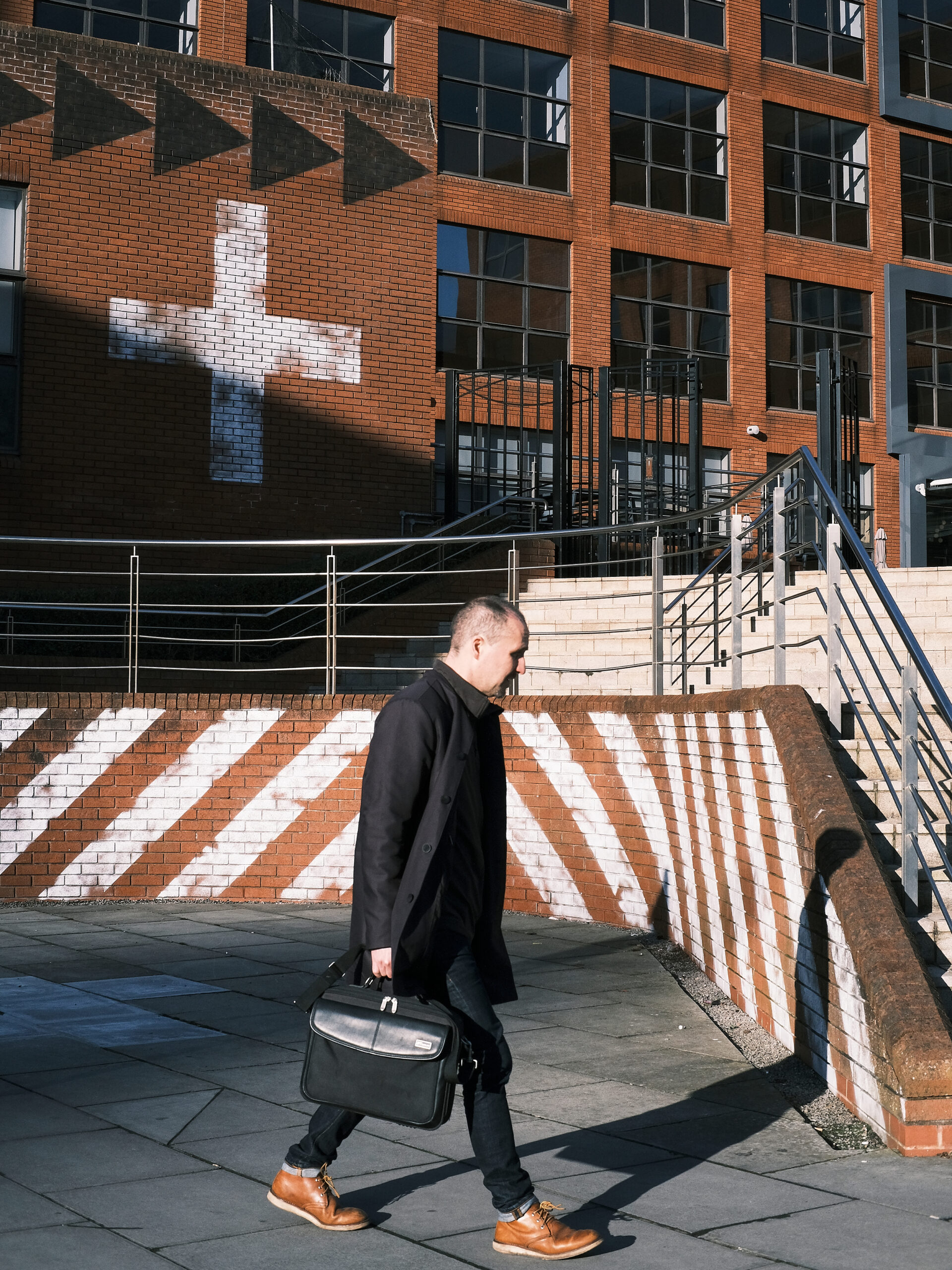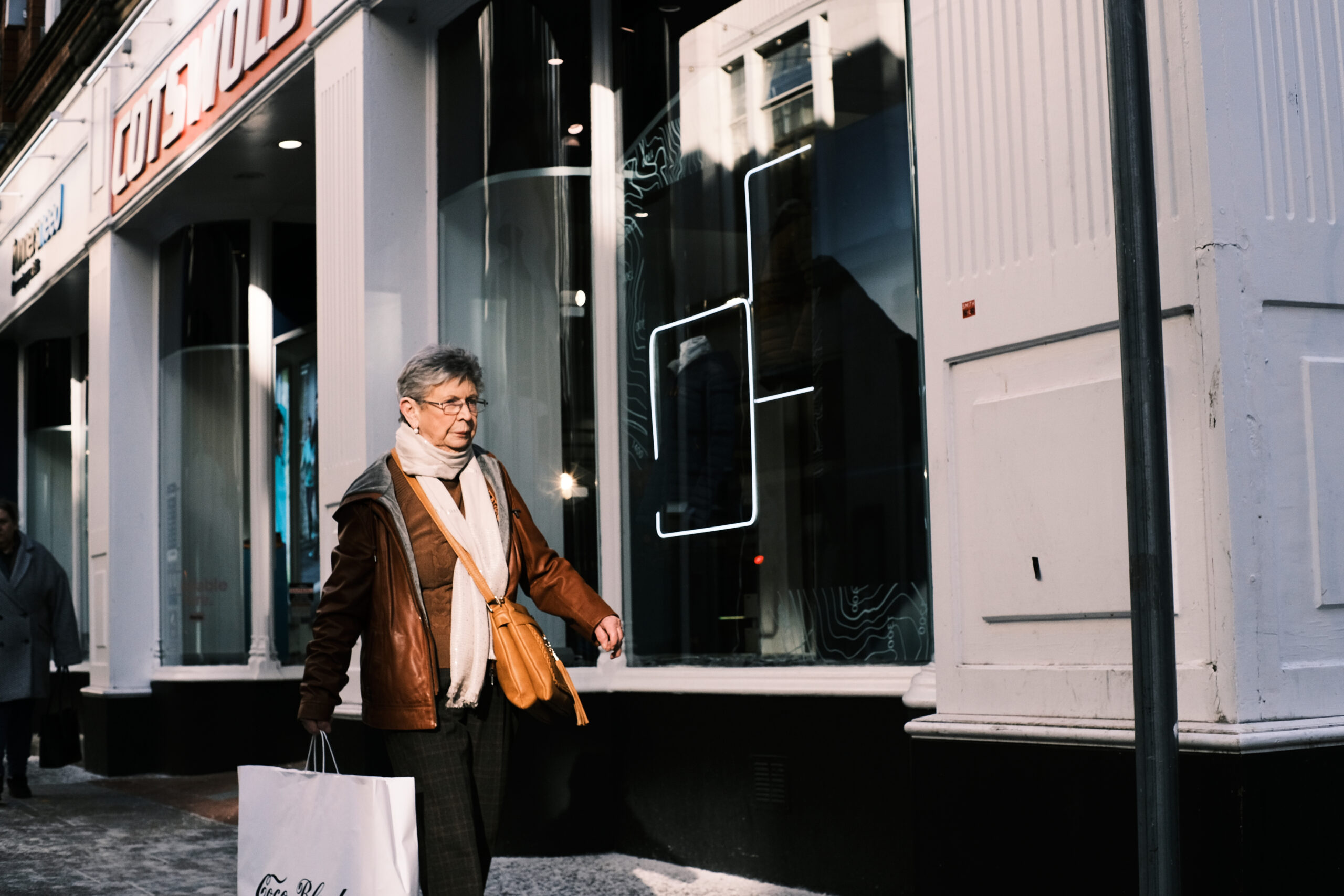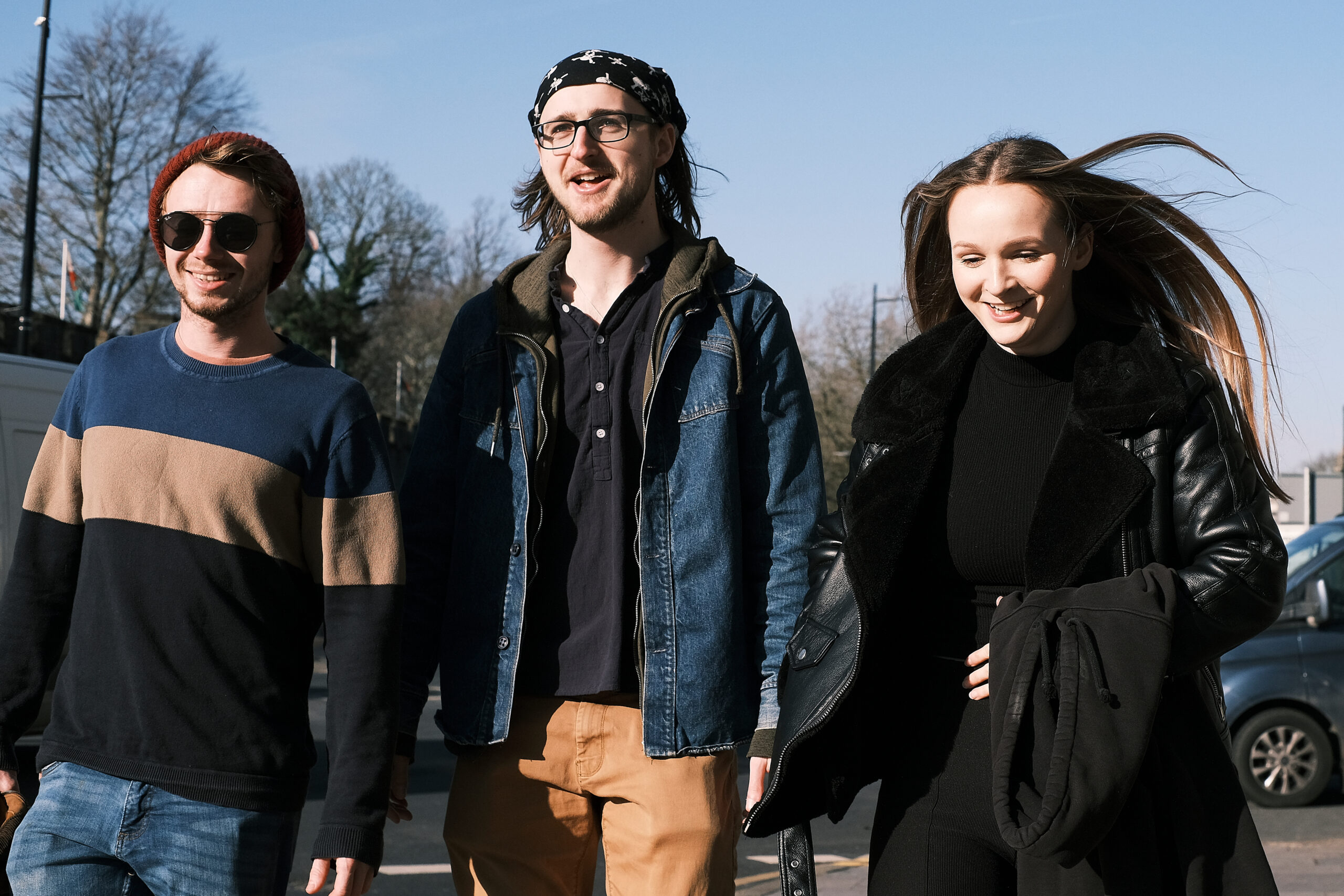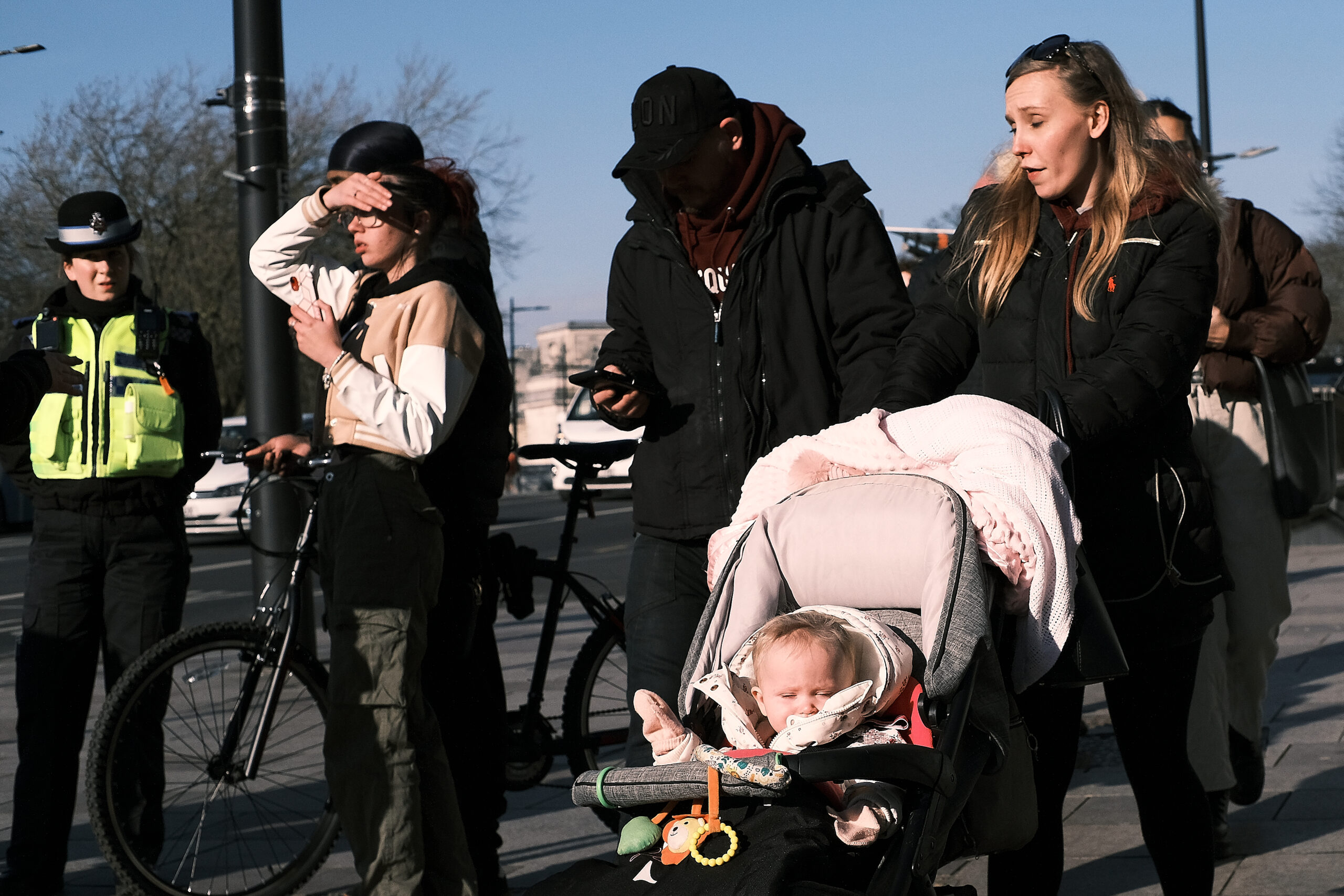One camera, one lens and a simple few knobs and buttons to use. Is this a restriction or freedom?
It depends on who you ask, of course. Street photographers would likely say freedom. The reduction of decisions in this genre is positive; the fewer choices to make, the more focus can be dedicated to spotting interesting moments in public spaces that happen over a matter of seconds.
One of the key elements of minimalism is a reduction in the unnecessary, both physical and mental. Gear and decisions.
When leaving the flat for a street photography day, I always run through a checklist in my mind. Do I really need that and can I survive without it? One camera, one lens? Check. Good pair of shoes? Check. Debit card, ID, flat keys, phone? Check. Sunglasses? Check. That’s it. That’s all I need for a day out in most cities.
Being minimal aids my street photography style, which is candid. I enjoy photographing with subtlety and staying unnoticed. Don’t get in anyone’s face, even for a moment. More recently, I’ve been interested in finding wider scenes involving multiple subjects where beautiful light and the right moment intersect. This style means I’m not singling anyone out and it’s easier to make it look like I’m not directly photographing any one person.
Often, I imagine being in the shoes of the people I’m photographing. How would they want this situation to go? Do they seem like they are having a bad day and don’t want to have a camera pointed at them? Or do they seem oblivious? Are they high on life, smiling this way and that, throwing me a peace sign? Most people avoid the camera. So, I pretend I’m not photographing them or I shoot from the hip. Sometimes, I use my camera’s screen and pretend to fiddle with the buttons, “adjusting settings”.
To be subtle or successfully make people believe you are not interested in them, it’s helpful to have a minimal camera – a small camera that perhaps looks cool and definitely not too serious. So, this is where our subject of the day, the X-E4 comes into the frame.
A minimal match
The Fujifilm X-E4 is as minimal as it gets in the X Series mirrorless line-up. There are only six buttons on the back, zero on the front, and two on the top that sit next to three dials and the shutter. However, for me, there doesn’t seem to be anything lacking.
The concept of minimalism is about having enough of what you need and stopping there. Nothing extra you don’t use. I’ve applied this concept to certain areas in my life and found that through being minimal, there comes an exuberant lightness of foot and clarity of mind. More than enough of something can be a burden – not always, but often. Carrying more things with me than I need on the street can make my steps a tad heavier and I might turn back earlier. A backpack full of lenses doesn’t fuel a day of quick stepping around the town.
A backpack full of lenses is a physical burden for a street photographer but it can also be a mental burden. Oftentimes, minimalism is beneficial most in the mind. The lightness of mind can open more doors to ideas and creative thinking than one worrying if it should change lenses for this shot or this street, etc. Too many decisions to make can become dizzying and inhibitive.
You might often hear photographers taking on a “one camera, one lens” challenge. They report back that with those limits, they were able to get more creative. Removing as many decisions as possible frees the mind to focus on the task at hand, which is creating something photographically beautiful. You might find this concept applied to the clutter in the home as well. It’s well-accepted that less clutter leads to lower levels of mental stress and anxiety. Visuals impact humans with sight greatly. A clean room and a tidy kitchen make you feel different from ones cluttered with a mess. So, it is the same with cameras. An uncluttered camera sends different messages to our brain than one laden with an overwhelming number of features and options.
Having been a user of most of the X Series cameras and their different versions, I don’t miss having the extra buttons that were removed on the X-E4 design. For my purposes, the camera has enough of what I need to set it up and nothing more. Each street photographer sets up their camera differently but I tend to go for the set-it-and-forget-it zone-focusing method.
To do this, I put my camera in aperture-priority mode with as low an ISO as possible, and a minimum shutter speed of 1/250s. Turning the focus to manual and using the digital scale on the LCD screen, I set the focus plane and distance to about three or five metres away. With an aperture of f/8 or f/11, most subjects within that plane will be in focus. Depending on the day and location, I may adjust the focus plane to be a little closer or further away.
The focus setting I mentioned above is for a Fujifilm X digital lens. For a manual, focus-only lens, such as a third-party X mount lens (from TTArtisan for example), the focus can be set on the lens itself making it even easier to zone focus. This is the way I prefer and perhaps this also comes from my familiarity with shooting film on the street. The zones are clearly marked and easy to change if you do want to switch up your focus plane.
With these settings fixed, all I need to do to take a photo is press the shutter. Sometimes I frame the composition with my eye or screen first but after becoming familiar with the field of view of the lenses I use, often I don’t need to look to know what the frame will be. This makes for the quickest street shooting. No fiddling with settings, just shooting!
Size does matter
Beyond the buttons and settings, the general size of the X-E4 makes it a great street companion. With the XF27mmF2.8 Fujifilm lens attached, it’s one of the lightest setups in the X line-up aside from fixed-lens cameras like the X100 series. You hardly feel it!
This is beneficial for a couple of reasons. For one, the street won’t easily notice it in your hands or hanging from your neck. It’s non-threatening. The difference between having an X-E4 pointed in your direction versus a Nikon D6 is huge. I even had the pleasure of having such an experience in town one day. A photographer was pointing his very large Nikon DSLR directly at people moving in his direction without smiling, including me, and it felt intrusive and alarming. It caused me to reflect on the experience of being photographed by a street photographer and how it must feel to many people who are unfamiliar with the practice. Some will mind, others won’t.
The X-E4 looks more like a tourist camera and tourists are harmless most of the time. They are usually more interested in taking pictures of the sights rather than you. So, if you look like a tourist and appear to be photographing like a tourist, then people won’t be as bothered. Of course, this is a harder way to photograph. It’s easier to get a good photograph when the photographer is obvious about taking a photo of a person. To make it look like you haven’t taken the photo but you have, that’s tricky.
A lot of people are familiar with the phrase “Don’t judge a book by its cover.” However, our survival instincts lead us to do just this. It’s very hard not to form an impression of something at first glance in our brains. This is our body’s way of protecting us. If we see something that looks like a threat, our body responds. If we see something that appears harmless, we relax. Our survival instincts assess and conclude, friend or foe. On the street, in public, we do this every day. Visuals and body language cues are huge. Perceptions are formed in an instant and different calculations and responses are made depending on what you look like, how you act and of course, if you have a large camera or a small one.
A small camera not only has its benefits in the way it’s perceived by others but also by how it’s seen by the photographer. A camera that’s light and easy to carry is more fluid to move around with. The agility of a small camera may increase the photographer’s confidence to capture those fast-disappearing moments. It also means less strain on the neck and back for long days. It’s nothing to lift to the eye and naturally becomes an extension of the body.
The X-E4 is more likely to make it into my day-to-day bag or continuously find itself around my neck on a regular basis. This means there’s more opportunity for photos. Something heavier might find itself on the shelf, desk or drawer often. Going back to perceptions and brain science, the fewer barriers to doing something, the more likely we will do it. The X-E4 makes it easy to decide to bring it along everywhere.
Getting out of the way
The best creative tools aid but do not hinder. They get out of the way, fading into the background as your focus turns completely to the task at hand, creating. This has been my experience with the X-E4 for street photography. There is little about the camera that would hinder the process, the flow state that street photographers often find themselves in during a long walk. It’s clear that the concept of minimalism drove the design of the camera. For my purposes and practice, it serves well. I would even say I could do with two fewer buttons!

